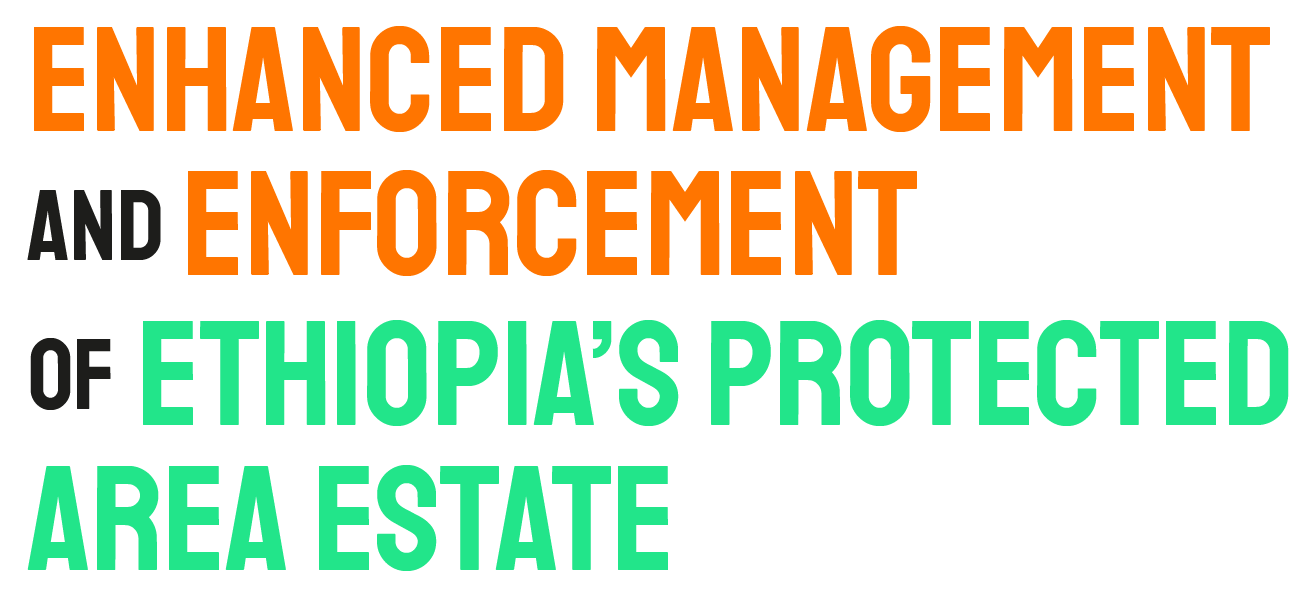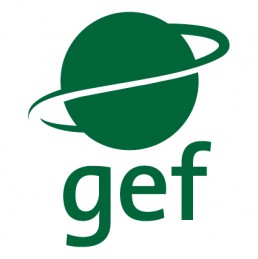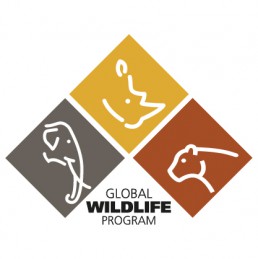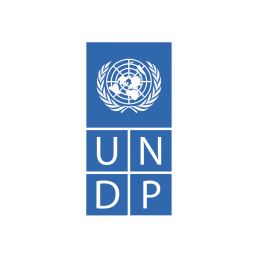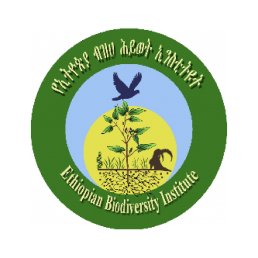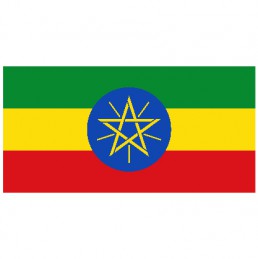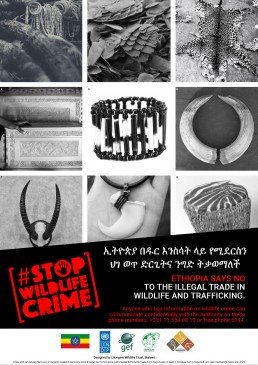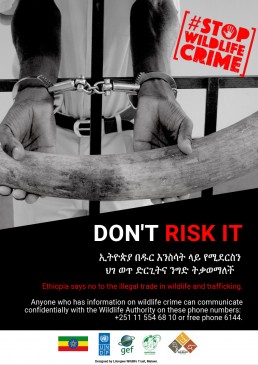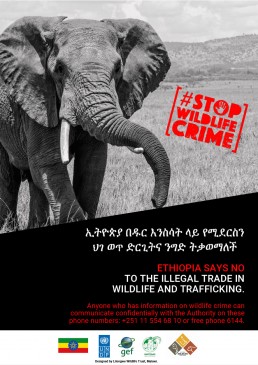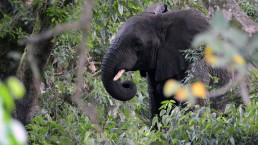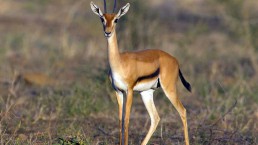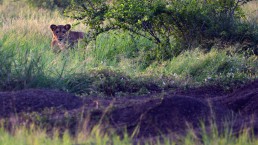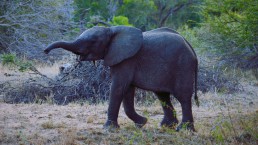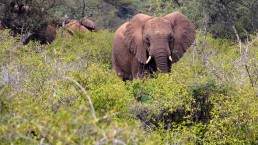About the
project
Driven by low risk and high profitability, the trade in wildlife products and live animals continues to flourish. Ethiopia has been identified as a key transit (as well as source) country for wildlife products and live animals. This project is seeking to implement solutions that will counter the threats to biodiversity and overcome the barriers to effective management of protected areas and to combatting illegal wildlife trade. This will be achieved through the implementation of four project components:
Component 1: Protected area management and biodiversity conservation.
Component 2: Implementation of anti-trafficking measures.
Component 3: Landscape approach to forest and agro-biodiversity conservation.
Component 4: Knowledge Management, Gender Mainstreaming, and M&E:
Ultimately, the project will contribute to long-term impacts or global environmental benefits including:
1) the recovery of wildlife populations in project sites in Ethiopia, specifically targeting elephants, lions and cheetahs: these were selected as GWP flagship species to measure the success of the proposed project
2) there is no loss of habitat and agro-biodiversity. This project forms part of the GEF Programmatic approach to prevent the extinction of known threatened species, and falls under the GEF Programme Global Partnership on Wildlife Conservation and Crime Prevention for Sustainable Development.
Project
Components
The main objective of this project is to build Ethiopia’s capacity for biodiversity conservation through increased effectiveness of protected area management and implementation of measures to reduce Illegal Wildlife Trade (IWT) and poaching. This objective will be achieved through the implementation of four project components:

Protected area management and biodiversity conservation.
This component will focus on demonstrating how effective management of protected areas in Ethiopia can be achieved by targeting a small number of protected areas, given that the selected pilot sites are those protected areas in which key target species (elephants and big cats) are found.

Implementation of anti-trafficking measures
This component will focus on improving different aspects of law enforcement so as to increase the deterrent to illegal wildlife trafficking.

Landscape approach to forest and agro-biodiversity conservation
This component focuses on realizing the value of agro-biodiversity for the country and specifically for people living in the vicinity of the protected areas targeted in Component 1.

Knowledge Management, Gender Mainstreaming, and M&E
Lessons learned from the project via active participation of all stakeholder groups in the project implementation, gender mainstreaming and M&E will be made available nationally and internationally to facilitate the fight against IWT.
Protected Areas
All of the project sites, the Protected Areas, contain elephant and collectively host the majority of Ethiopia’s resident elephant population. They represent the main sites for elephant conservation in Ethiopia.
Drone footage: Antoine Lindley
Photo credits: Håkan Pohlstrand, Nakachew Birlew, Greta Francesca Iori and Ludwig Siege
